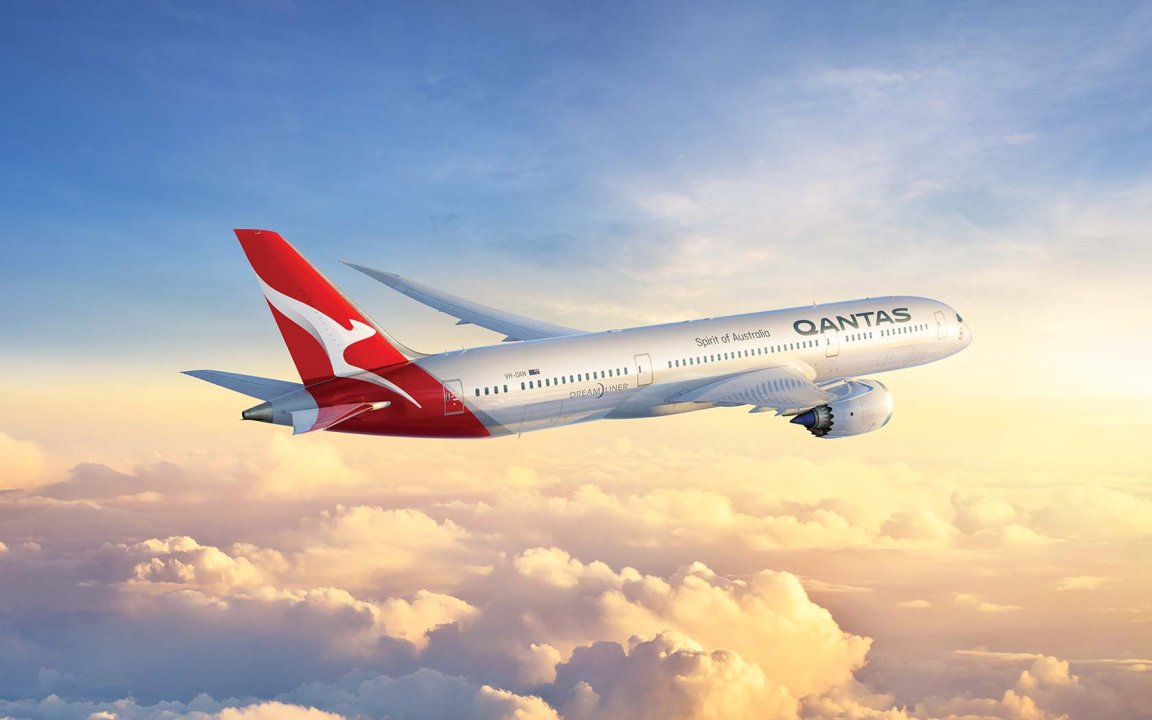
Seed Fuel
On Tuesday morning, a flight from Los Angeles landed in Melbourne and made history as the first biofuel-powered flight between the U.S. and Australia. The Qantas plane, a Boeing Dreamliner 787-9, was powered using a blend of 90 percent standard jet fuel and 10 percent biofuel, which was derived from brassica carinata, an industrial mustard seed.
When compared to a normal flight, this flight produced 7 percent fewer carbon emissions. In a direct pound-for-pound comparison, though, the mustard seed biofuel produces 80 percent fewer emissions than the traditional fuel over the course of its life cycle.
Currently, airlines are only allowed to use a maximum of 50 percent biofuel to power flights. A Qantas spokeswoman told The Guardian the company believes new specifications could increase that to 100 percent.
A Win-Win-Win
Biofuels could go a long way toward reducing flight emissions, but because they are often produced from waste oil from the restaurant industry, supplies are inconsistent. Brassica carinata, on the other hand, makes sense as a crop grown specifically for use as a biofuel because it benefits farmers.
If farmers grow one crop on the same plot of land every year, it hurts the soil. If every few years they planted mustard seed on that land, it would improve the soil quality. The farmers could then harvest the mustard seed, press out the oil themselves, and use it to power their equipment, Daniel Tan, an agriculture expert from the University of Sydney, told The Guardian.

After extraction, the leftover material could be used as animal feed, and any extra oil could be sold to the aviation industry, providing it with the consistent access needed to make biofuels a regular part of operations.
The Qantas flight may have just been one of the thousands that criss-cross the globe every day. However, by showing that mustard seed biofuel is viable, it could lead to a shift that would be good for farmers, for airlines, and for our planet.